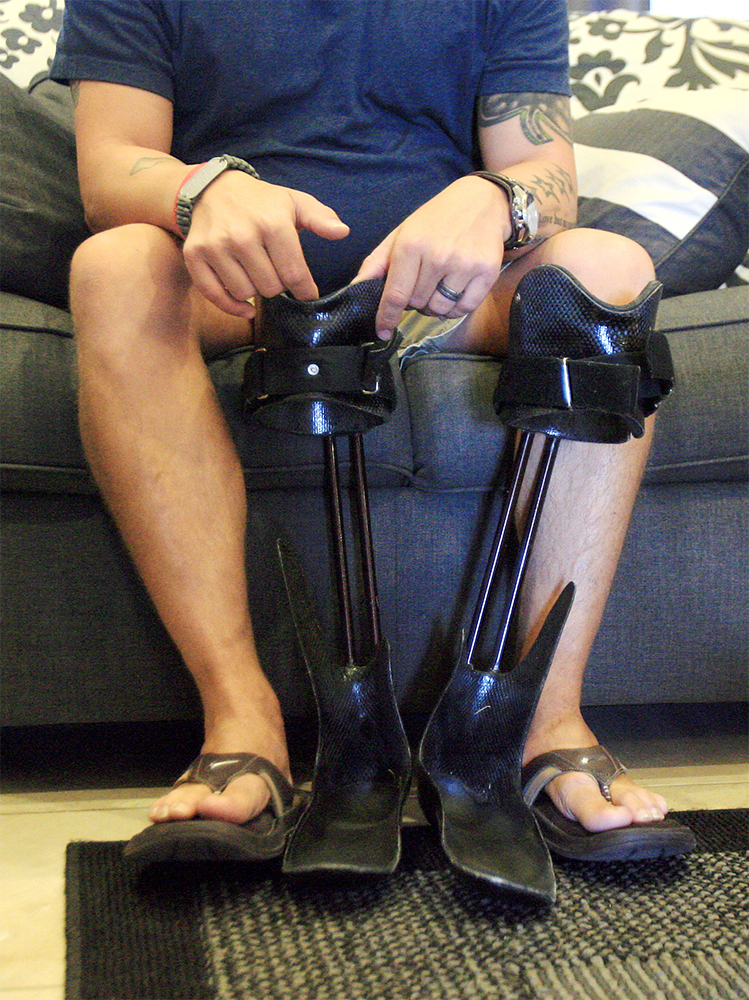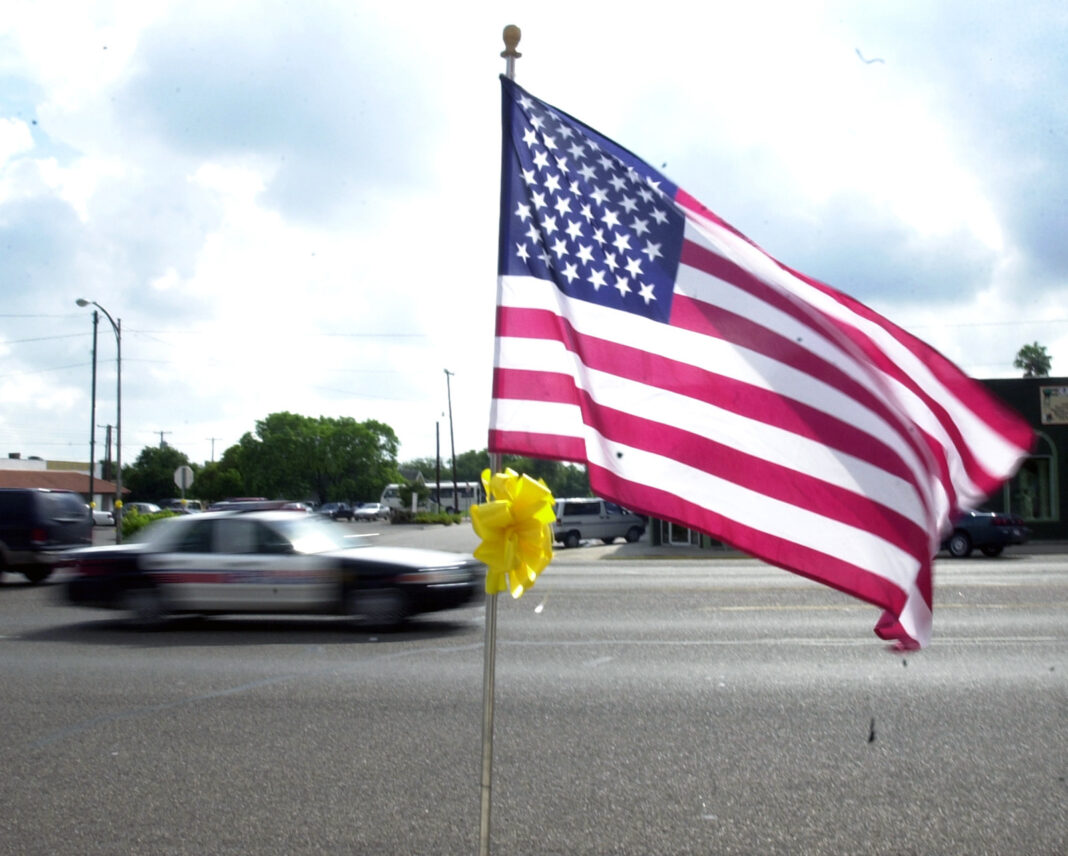The nation and the Rio Grande Valley will commemorate the 20th anniversary of 9/11 on Saturday, the first time the tragedy’s been commemorated by a nation that isn’t at war — wars that left deep scars and claimed the lives of dozens of South Texas natives and residents.
In many ways, Sept. 11, 2001, is the first sentence in a chapter that ended Aug. 30, when the last U.S. forces in Afghanistan were hastily evacuated from the country.
That chapter contained paragraphs filled with sound and fury. The Valley grappled with fear and contention, sacrifice and patriotism. There were months of roaring saber-rattling, and moments of sober reflection.
And then, for much of the past few years, the 9/11 terrorist attacks on the World Trade Center towers in New York City, the pentagon and the attempted attack on the White House, and the wars that it birthed slipped into the background for many, events resigned to the backburner for all but one or two days out of the year.
Those events never slipped into the background for the people who were directly impacted by them. Dozens from the Valley or with strong Valley ties died in Iraq and Afghanistan.
HOW WE RESPONDED
The Valley reacted to Sept. 11 the same much the same as the rest of the country: with fear, confusion and, eventually, anger.
Ruby Berman, a former McAllen resident who had lived in the Bronx previously, told The Monitor he’d spent the morning of that day worrying over his son-in-law. Berman got a call later that day informing him his son-in-law had been pulled from the wreckage of the Twin Towers, alive.
Other Valley residents had even more direct ties.
Horacio Lozano, a photographer who graduated from La Joya High, told The Monitor about surviving the attack on the Pentagon on the tragedy’s 10-year anniversary. He was in the building, sipping coffee, when the walls began to tremble.
Lozano made it out unscathed, but visions of smoke and terror and the smell of bodies burning haunted his dreams for years.
Tara Rios, a Cameron County dentist, remembered the smell from the attacks too. She told The Brownsville Herald about traveling to New York four months after the attacks to help identify victims, recalling a scent that lingered months later as the smell of “burning rubble.”
The immediate aftermath of the attacks sent ripples through the Valley.
It took four days after Sept. 11 for flights to resume at McAllen Miller International Airport.
Border security tightened. The number of patrolmen increased, along with the intensity of searches.
Heightened security measures in the immediate aftermath of the attacks caused revenues and border crossings to drop as much as 40%, and created longterm border security trends that continue to this day.
People were scared, and there were scary things happening.
The FBI investigated a defunct Valley flight school for possible ties to the attack. The Queen Isabella Memorial Causeway collapse sparked, ultimately unfounded, fears of terrorism locally.
By October 2001, shock had largely turned into action. War was a fact, with headlines screaming about bombings and holy wars.
The news focused on a nation bracing for war, with occasional spells of panic over anthrax and airplanes and terrorism.
Texas National Guard members were patrolling the McAllen airport. Postal workers were trained to beware of biohazards.
At JJ’s Party House in McAllen the phones were ringing, almost literally, off the hook. The business was selling Osama Bin Laden piñatas, charging $65 for the purchase and shipping.
JJ’s donated 10% of the proceeds to firefighters in New York, battling supply shortages in Matamoros, Mexico, and shipping the effigies as far away as Australia.
Valley residents’ opinions in October shifted from shock over Sept. 11 to disagreement over what to do about it.
“I hope they get those SOBs,” Gerardo Nunez, a manufacturer in Edinburg, told The Monitor a month after the attacks. “I hope they beat the hell out of them. I was just disappointed that it wasn’t sooner.”
Others were less convinced.
“I don’t want them to be at war. We should find those responsible and should not target innocent people,” Linda Villarreal, a local kindergarten teacher, told the paper.
Some worried about terrorists slipping across the border. Others feared the specter of a draft.
Two National Guard generals visited Hidalgo County to assess the border’s economic and national security needs, at the same time 148 Weslaco Army troops were called into active duty, bound for stations in Oklahoma.
They were among the first of many Valley servicemen and women to board a plane because of war in the Middle East.

WHO WE LOST
The names of funny sounding cities in foreign places falling to the might of the United States found a consistent home on the front page of The Monitor for months. Kunduz. Kandahar. Kabul.
The first American servicemen died in November that year. It took longer for the Valley to experience that loss more directly.
In March 2003, just four days into Operation Iraqi Freedom, U.S. Army Spc. Edward John Anguiano died in a convoy ambush near Nasiriyah. He didn’t expect to die overseas.
“I’m just a mechanic,” he’d tell his worried family.
Juan G. Garza Jr. of San Benito, a 20-year-old Marine, was shot to death by a sniper while on patrol at an airport in Baghdad the next month in 2003. A photo of his grandmother sobbing ran next to the now-iconic one of Saddam Hussein’s statue being pulled down in Baghdad two days after Garza’s death.
Dustin Sekula, an 18-year-old country boy from Edinburg, was shot to death in Al Anbar Province, Iraq in 2004.
Brownsville native Kristian Menchaca was kidnapped and killed in Iraq in 2006. He was 23; his wife, 18.
Diego Montoya was killed by mortar fire in Afghanistan in 2010. He was buried in Mission, on the ninth anniversary of Sept. 11. It’s difficult to say how many men and women from the Valley died in Iraq or Afghanistan.
It’s difficult to quantify how many lives the Rio Grande Valley sacrificed in Iraq and Afghanistan. Some of the soldiers the Valley claimed were born here and resided elsewhere. Others had moved to the Valley and made it their own.
By the time Montoya died in 2010, the Valley had racked up at least 32 fallen heroes it could claim as its own.
Felix Rodriguez, the head of the Hidalgo County Veterans Service Office, says at least 42 servicemen in the conflicts following Sept. 11 were laid to rest in the Valley.
“We’ve had a disproportionate number of casualties compared to other parts of the states in Texas and the United States as well,” he said. “If I’m not mistaken there were 42 KIAs here in the Valley. I buried every one of them.”
Those men were heralded with caskets draped in American flags, trees adorned with yellow ribbons, and a community in mourning.
Sekula got a library named after him, as did Fernando De La Rosa, of Alamo. The names of others wound up on gyms or city streets.
The yellow ribbons are all gone, and most people at the libraries are more focused on books or polling locations than whoever’s name is above the door.

THE HEAVY TOLL
The Valley held the last public funeral for a Valley serviceman killed in the Middle East in Brownsville last year.
Jose Angel Villalon died in Afghanistan a year and seven months before the last American troops left that country — 609 days before today.
His death, and the dozens who called the Valley home who died abroad after Sept. 11, make many veterans from the area wonder about that sacrifice.
Many of them signed up because it was a family tradition. Others joined because it was a career path to a better life.
Sept. 11 was particularly significant for Rogelio Aleman, a specialist with the U.S. Army who was deployed in Afghanistan in 2008 and 2010.
“It hit me and hit my family very hard, because we knew that I was going to be in a warzone. Didn’t know when, but I knew I was going to be there,” he said.
Victor Torres, a veteran service officer with Hidalgo County, was enlisted from 2014-2019. He was a kid when the Sept. 11 attacks happened, and he says for him and many of his fellows it wasn’t a reason to enlist.
Despite serving years apart from each other, Aleman and Torres both felt the war effort lacked a clear goal, a clear purpose.
They say the important thing now is remembering the events of the past 20 years, and learning from them.
“It’s a lesson that we’ve learned time and time again, but we should not enter war or a conflict lightly,” Torres, a Marine sergeant, said. “We should have a clear reason to be there, a clear end goal and everybody should be aware of it. It’s not something to play with, because you’re playing with people’s lives on both sides. And I hope we never have to learn this lesson again.”
The prospect of not learning those lessons, the lessons taught by two decades worth of strife, terror and sacrifice, scares even men who willingly traveled abroad to risk having their names put up on a library and their bodies placed in a flag-draped casket.
“I have small kids, and what if this kicks back up when they’re old? When they’re that age?” Jose Trevino, a Marine corporal who served in Iraq, said Friday. “That’s my only fear. I don’t want them to go and suffer the same stuff we’re suffering through right now. That’s always a forethought in my mind; I just don’t know if I want them to go through that stuff, to be honest.”




